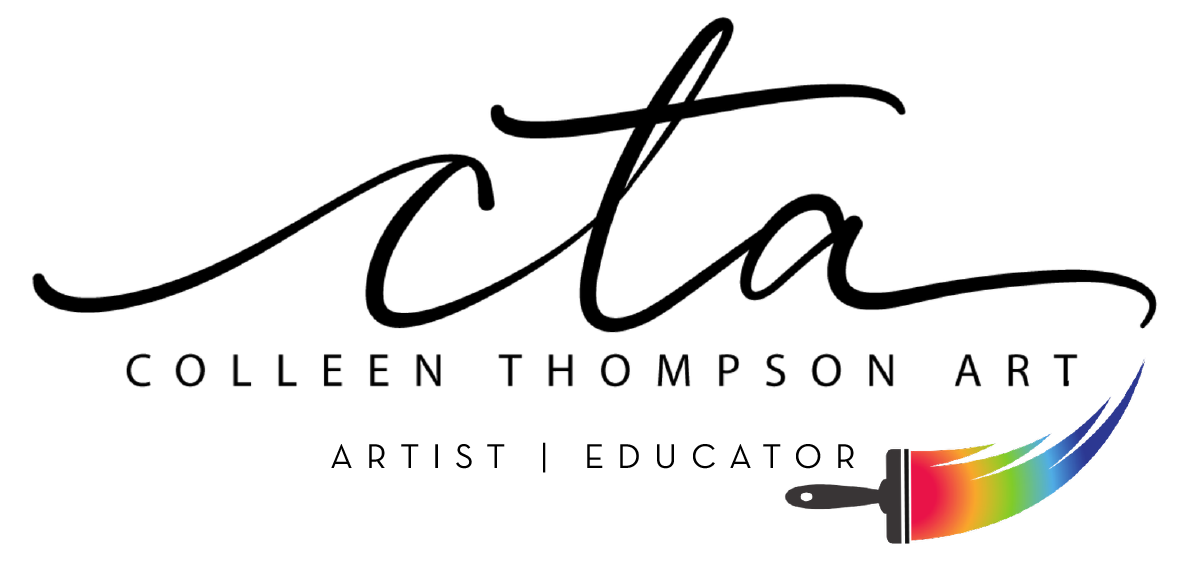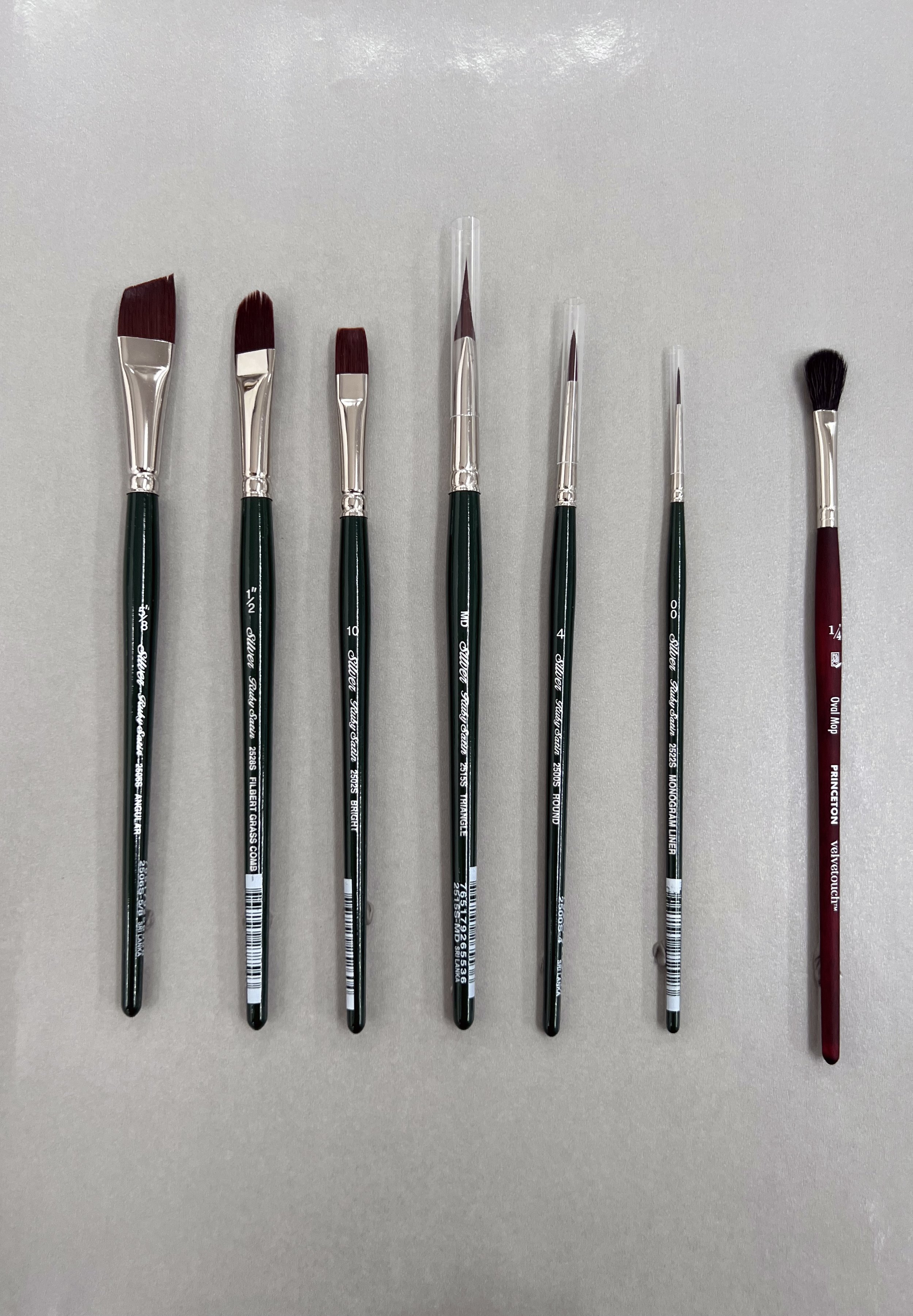What are the best brushes to use when painting in oil?
What I’ve learned about painting with oil is that several types of brushes are commonly used and preferred by artists. The best brushes for oil painting generally have the following characteristics:
Bristle Brushes: Bristle brushes are widely favored for oil painting due to their stiffness and ability to hold and distribute paint effectively. They are typically made from natural hog bristles or synthetic bristles that mimic the texture and performance of hog bristles. Bristle brushes are available in various shapes and sizes, including flat, filbert, round, and fan.
Filbert Brushes: Filbert brushes have an oval-shaped, flat brush head with rounded edges. They are highly versatile and can be used for a range of techniques, from laying down initial washes and large areas of color to achieving detailed work and blending.
Round Brushes: Round brushes have a pointed tip and are ideal for creating fine lines, intricate details, and controlled brushstrokes. They are often used for rendering small areas, adding texture, and refining edges.
Flat Brushes: Flat brushes have a rectangular shape with straight edges, making them suitable for broad, bold strokes and precise edges. They are commonly used for laying down large areas of color, creating smooth gradations, and achieving crisp lines.
Fan Brushes: Fan brushes have a flat, fan-shaped brush head that spreads out in a fan-like pattern. They are primarily used for blending, creating texture effects such as foliage and softening edges.
Synthetic Brushes: Synthetic brushes, made from materials like nylon or polyester, have become increasingly popular due to improvements in their quality and performance. They are a great alternative for artists who prefer not to use natural hair brushes. Synthetic brushes are durable, maintain their shape well, and are often more affordable than natural hair brushes.
When selecting brushes, it's important to consider the brush's size, shape, and quality. Investing in a range of brush sizes is advisable to accommodate different painting techniques and subjects. Additionally, it's recommended to choose high-quality brushes that are well-constructed and have sturdy ferrules (the metal part that holds the bristles) to ensure durability and longevity.
Silver Brush Ruby Satin Synthetic Brushes are my new favorite brushes for painting with oil. Order online at Blick
Remember to clean your oil brushes thoroughly after each painting session, as oil paints can be tough to remove once they dry. Proper care and maintenance of your brushes will help them last longer and perform optimally.


